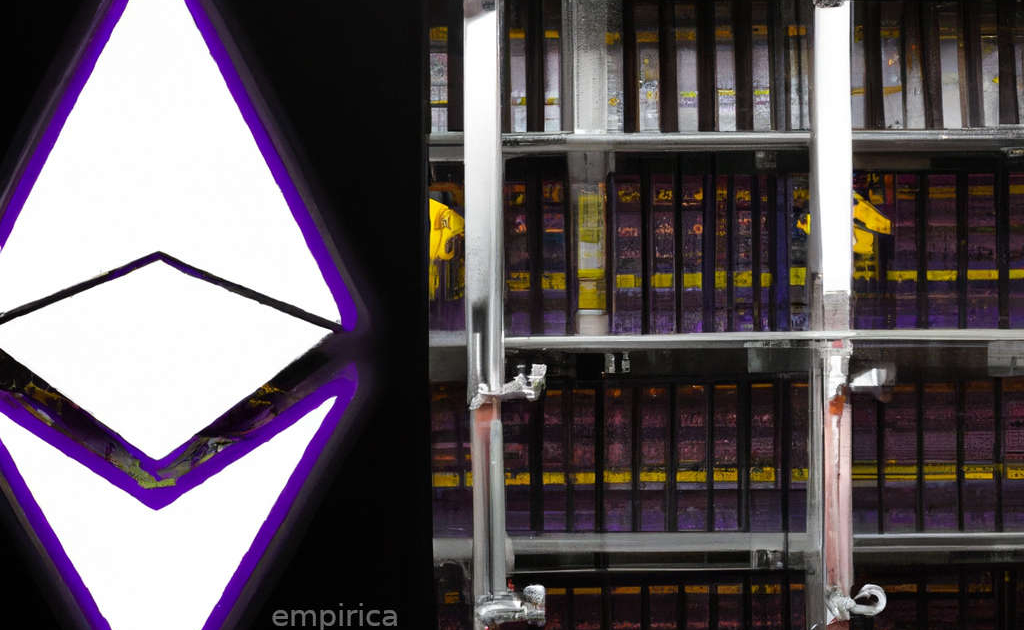Liquidity Mining – How Does It Work?
Liquidity mining is a process in which a cryptocurrency exchange or protocol incentivizes users to provide liquidity to a particular market by offering rewards in the form of tokens. These rewards are given to users who supply assets to a market, making it easier for others to buy and sell those assets.
The concept of liquidity mining has become increasingly popular in the cryptocurrency space to attract users to new markets and protocols. By offering rewards for providing liquidity, exchanges and protocols can create more vibrant and active markets, which in turn can increase trading volume and user engagement.
Is this model sustainable?
What are the pros and cons?
And what should you pay attention to while implementing it?
Let’s dive into the rabbit hole.
What are the benefits of liquidity mining?
One of the key benefits of liquidity mining is that it allows exchanges and protocols to tap into a large pool of potential liquidity providers. These providers may not otherwise have been interested in providing liquidity to a particular market, but the prospect of earning rewards for doing so can be a strong incentive. This can help to quickly build up liquidity in a market, making it easier for traders to buy and sell assets and potentially leading to price discovery and increased market efficiency.
Liquidity mining also has the potential to democratize the process of providing liquidity. In traditional financial markets, liquidity is often provided by large institutional investors or specialized market making firms who have the resources and expertise to do so. By offering rewards for liquidity provision, liquidity mining allows smaller investors and traders to get involved and potentially earn a return on their assets.
How to implement liquidity mining?
There are several ways that liquidity mining can be implemented, depending on the specific needs and goals of the exchange or protocol. One common approach is to use smart contracts to automate the process of distributing rewards to liquidity providers.
These tokens can be used to incentivize users to provide liquidity to a particular market, with the expectation that the token’s value will increase over time as the market becomes more liquid.
This can be particularly effective in the early stages of a market when liquidity is low, and there is a need to attract liquidity providers.
Sidenote. We have a few years of experience providing liquidity in DeFi. Let us know if we can help your project grow its presence on centralized and decentralized exchanges.
Risks & dangers while implementing liquidity mining
There are also a number of challenges and risks associated with liquidity mining. One of the risks is the potential for liquidity mining to create a “bubble” in the value of the token being used as a reward. If the value of the token becomes artificially inflated due to liquidity mining, this could lead to a crash in value once the mining program ends.
This risk can be mitigated by carefully designing the liquidity mining program to ensure that rewards are distributed fairly and transparently and by setting appropriate limits on the number of tokens that can be earned through liquidity mining.
Fair reward distribution model in liquidity mining
Don’t forget to prevent market manipulation and ensure that rewards are distributed fairly and transparently. It is also important for exchanges and protocols to consider the long-term sustainability of their liquidity mining programs, as relying too heavily on liquidity mining as a means of attracting liquidity providers may not be a viable strategy in the long run.
One potential solution to these issues is implementing a hybrid approach to liquidity provision, combining traditional liquidity provision methods with liquidity mining. This could involve using liquidity mining to attract liquidity providers in the early stages of a market while also working with institutional investors and market makers to provide more stable and reliable liquidity over the long term.
In addition to the risks and challenges associated with liquidity mining, there are also a number of regulatory considerations to keep in mind. Many jurisdictions have yet to develop clear guidelines for the use of liquidity mining in the cryptocurrency space, and exchanges and protocols need to ensure that their liquidity mining programs are compliant with relevant laws and regulations.
What does a successful liquidity mining program look like? ($COMP)
Liquidity mining is a way that some crypto projects reward people for providing liquidity to a specific trading pair on a decentralized exchange (DEX). This is usually done to increase the volume of trades on the DEX and encourage people to hold the project’s tokens. An excellent example of this is the COMP token on the Compound platform.
Compound is a decentralized finance (DeFi) platform that lets users earn interest on their crypto assets. In June 2020, the Compound team launched the COMP token and a liquidity mining program for the COMP/ETH trading pair on the Uniswap DEX. By participating in the liquidity mining program, people could earn COMP tokens for adding liquidity to the trading pair.
The liquidity mining program was a big success. It attracted many new users to Compound and increased the volume of trades on the COMP/ETH pair. The value of the COMP token also increased significantly. After the program launched, the COMP token became one of the most valuable DeFi tokens, with a market capitalization of over $1 billion.
The COMP liquidity mining program was a great example of how liquidity mining can be used to promote the use and adoption of a cryptocurrency project.
What does a poorly performing liquidity program look like? ($UNI)
One of the best examples is the UNI Uniswap token, which is a governance token for the Uniswap decentralized exchange.
Initially, UNI was distributed to users of the Uniswap platform through a liquidity mining program. People who provided liquidity to the platform were rewarded with UNI. The price of UNI reached an all-time high of around $45 shortly after it was launched, but now it’s only $5, which is a 90% decline from the all-time high. And 93% of wallets rewarded with UNI have sold it until now.
While the price of UNI has declined significantly, the Uniswap protocol has become a successful company in the web3 space. It generates millions of dollars in revenue from trading fees.
It’s hard to pinpoint one specific reason for the decline in UNI’s price, as the value of a cryptocurrency is influenced by many factors. However, the liquidity mining program likely contributed to the sell-off of UNI, as liquidity providers (LPs) didn’t have the incentive to hold the tokens long-term.
Bottom Line
Overall, liquidity mining has the potential to be a powerful tool for exchanges and protocols looking to attract liquidity providers and build up active markets. While there are risks and challenges to consider, careful planning and consideration of these issues can help to ensure that liquidity mining is implemented in a way that is fair, transparent, and compliant with relevant laws and regulations.
Learn here the details on how we do market making for many successful projects in the crypto space.



